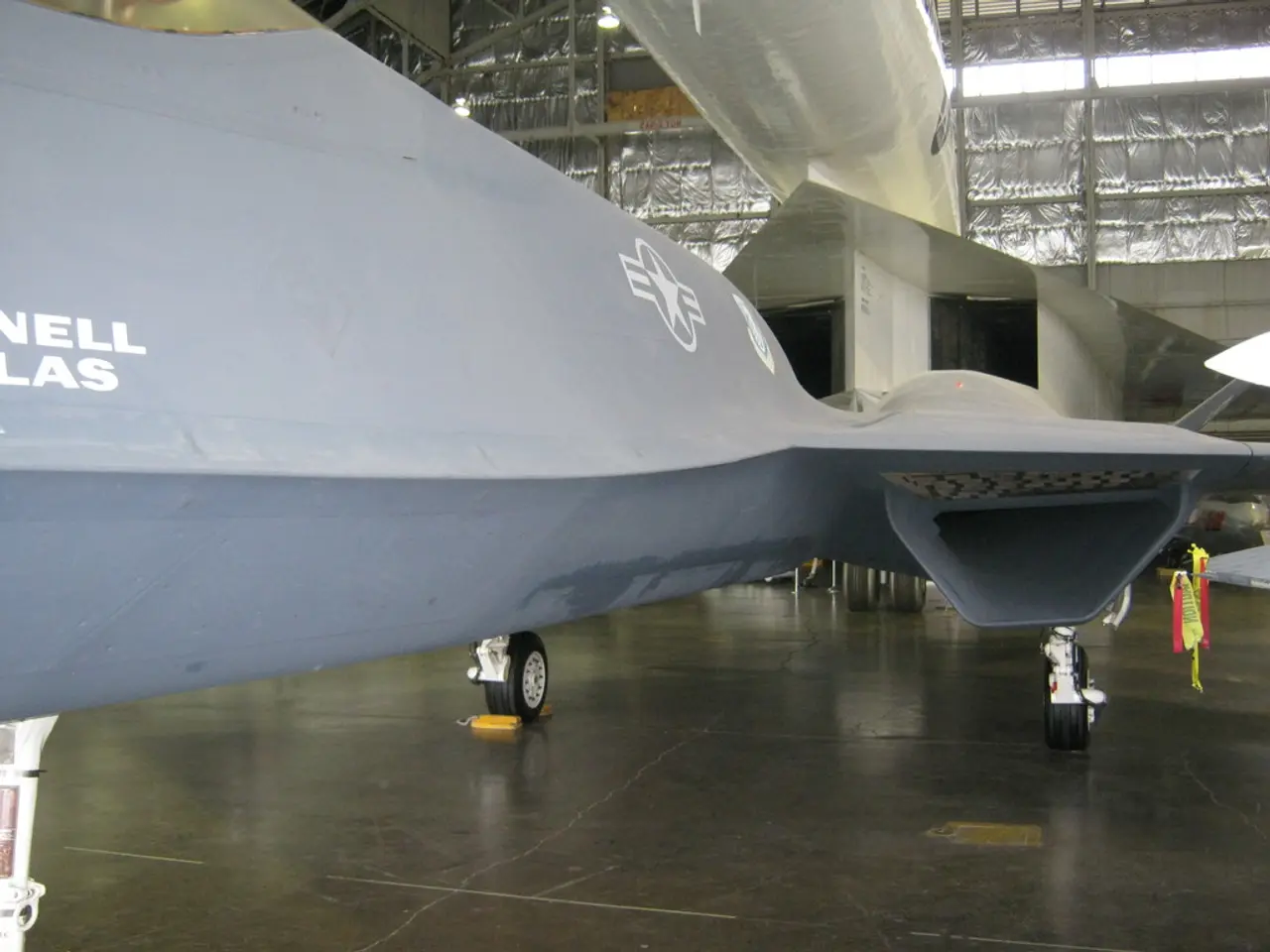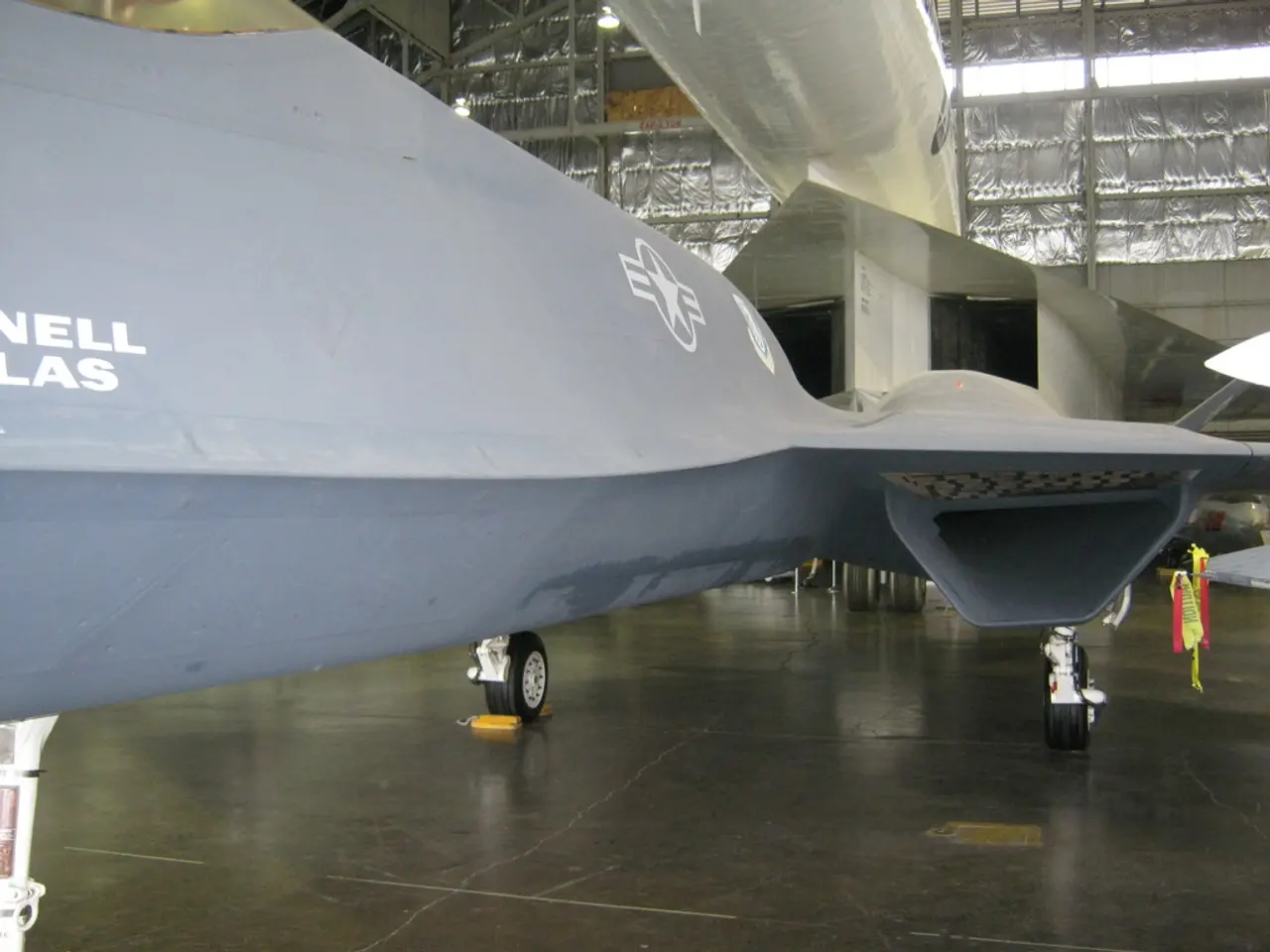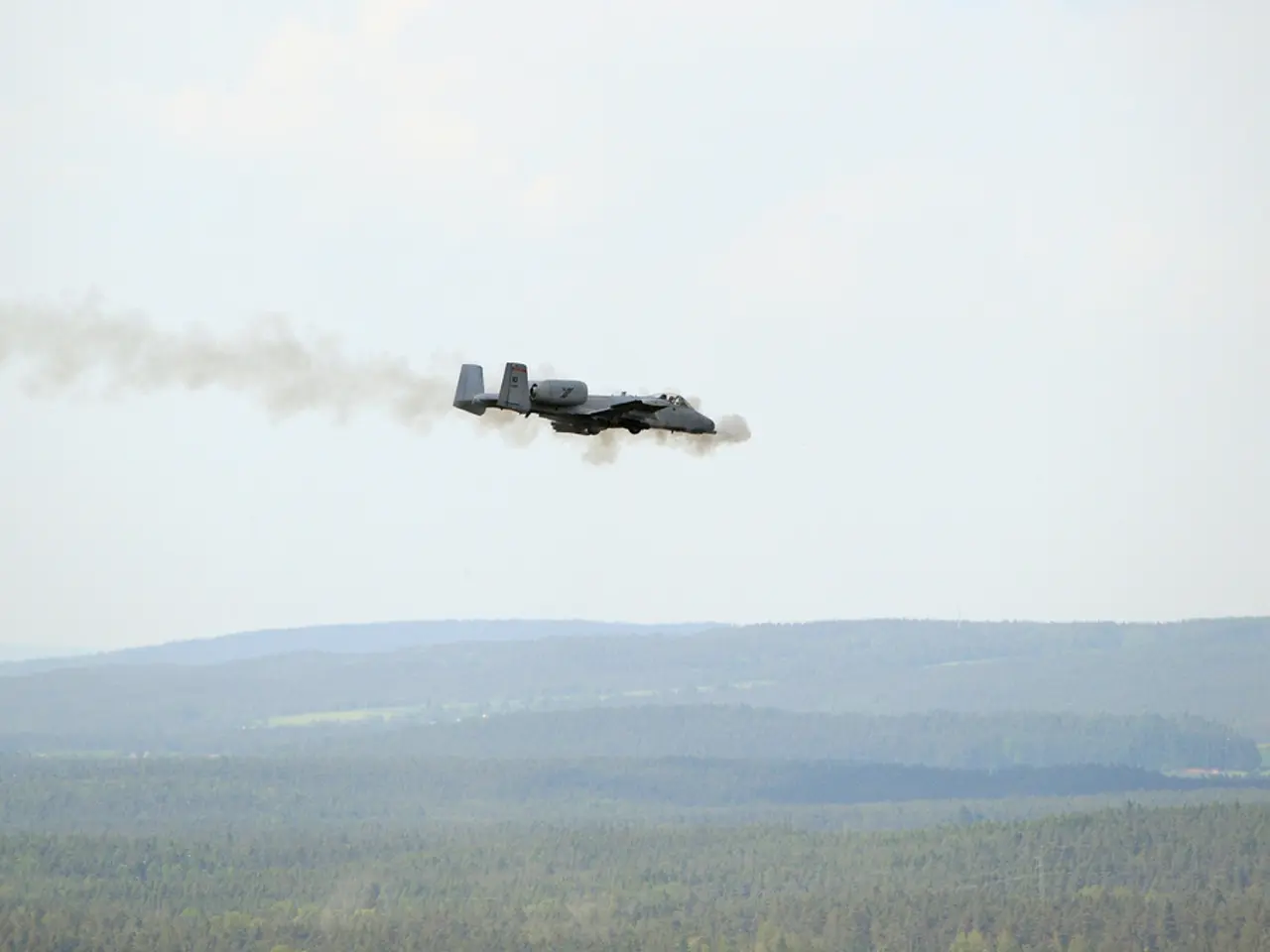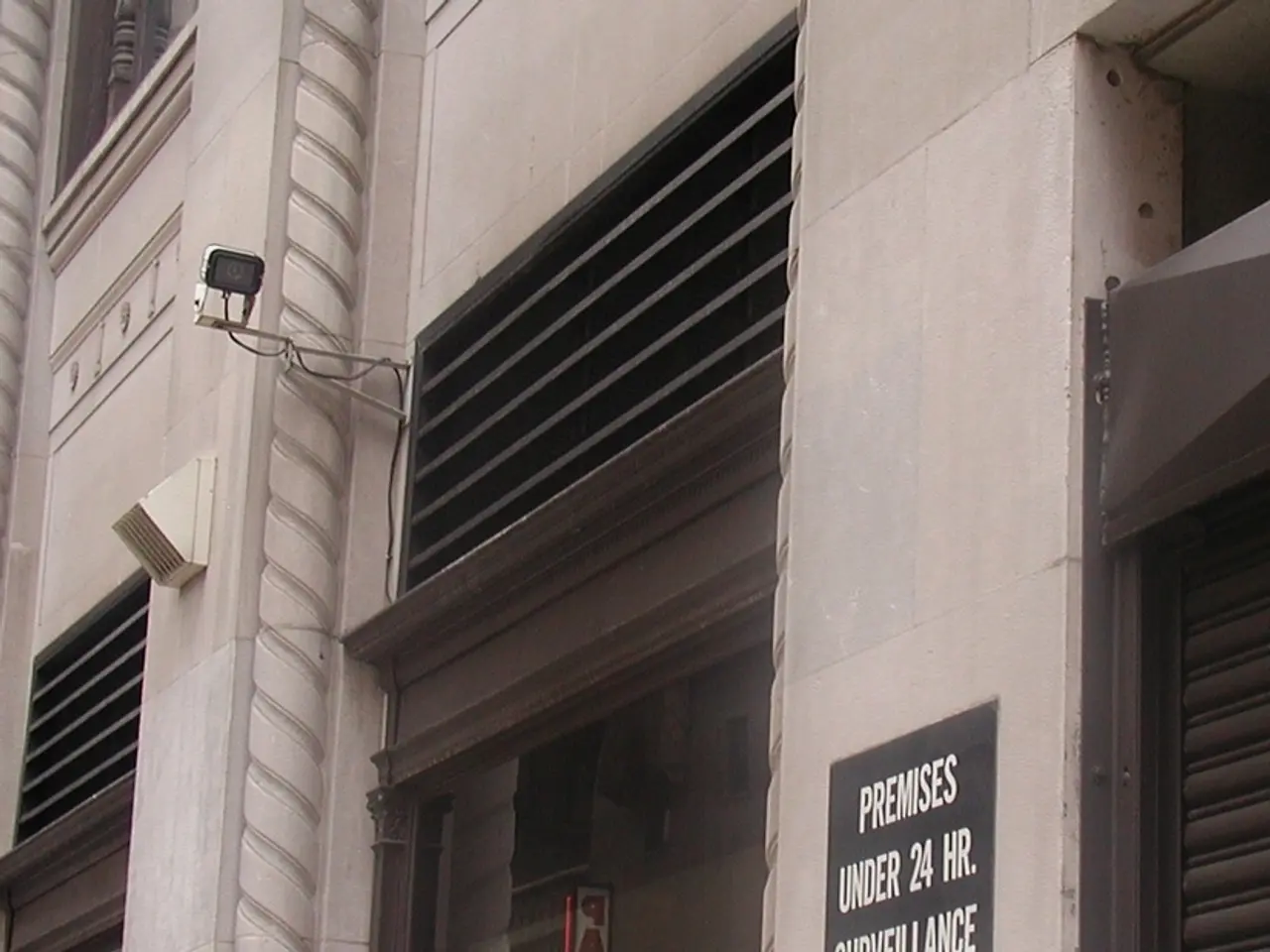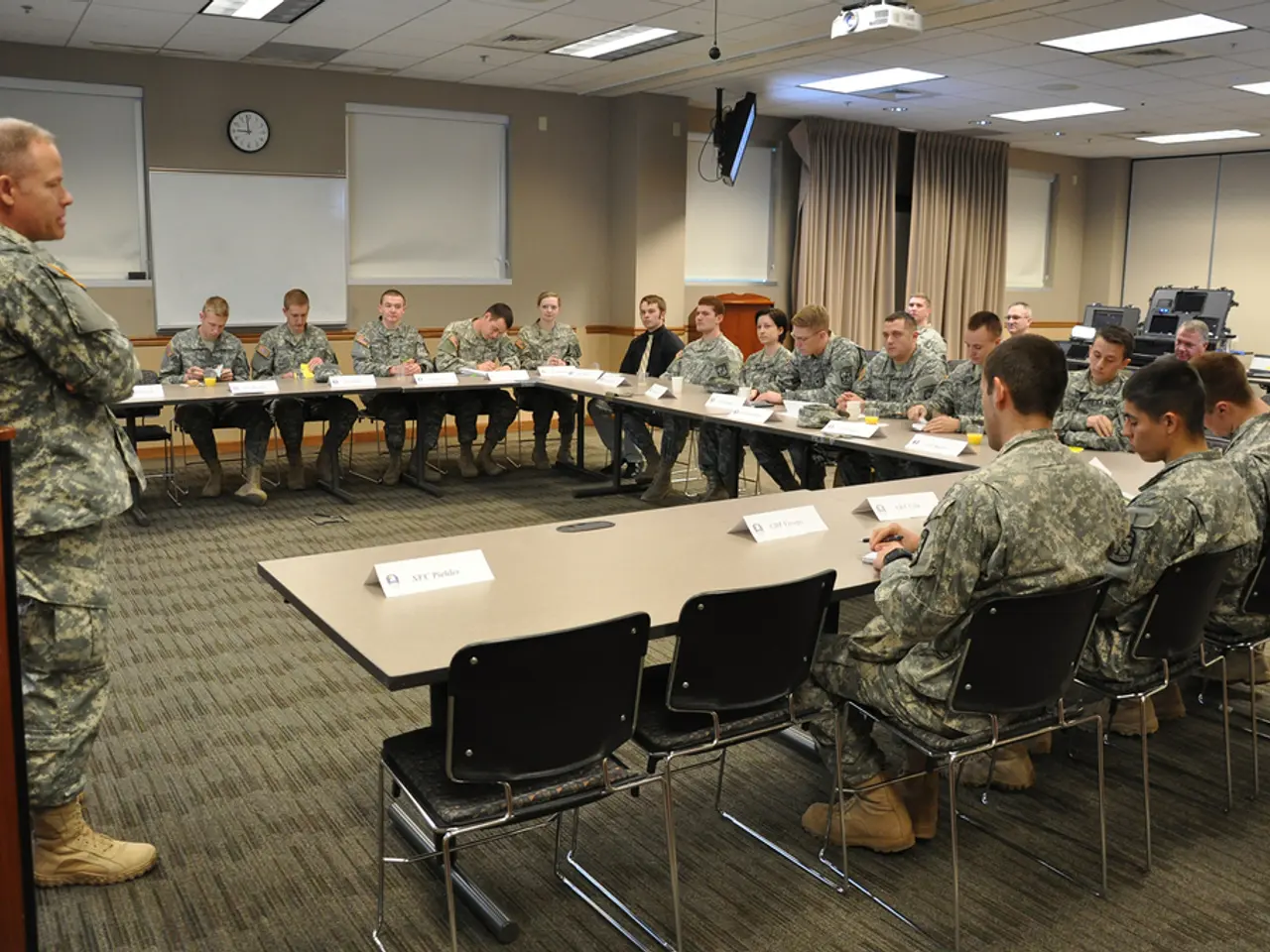Standard Instrument Departure (SID) referred to as a navigational flight procedure for takeoff and initial climb that pilots follow using only instruments, in conditions where visual references are restricted or unavailable.
Standard Instrument Departures, or SIDs, are pre-planned instrument flight rules (IFR) procedures that guide aircraft departures from an airport. These procedures are designed to maximize efficiency and safety by standardizing the initial departure path.
The Workings of SIDs
Altitude and Course
SIDs often include specific altitude restrictions at designated waypoints. For example, a SID might require an aircraft to cross a particular point at or below a certain altitude, such as 5,000 feet[1]. Departing aircraft must also follow a defined lateral course, which may involve turns and changes in direction to ensure separation from other aircraft and obstacles.
Transitioning to Climb Procedures
The transition from a SID to a subsequent climb procedure can be either "climb and maintain" or "climb via."
- Climb and Maintain: This instruction tells the pilot to climb to a specific altitude and maintain it, potentially overriding some altitude restrictions in the SID[1].
- Climb Via: This means the pilot must comply with all altitude restrictions in the SID until reaching the SID's top altitude[1].
The Benefits of SIDs
Efficiency and Predictability
SIDs contribute to air traffic management efficiency and predictability in several ways. By following standardized paths, SIDs help reduce confusion and errors among pilots and air traffic controllers. Other aircraft can anticipate the trajectory of departing planes, facilitating smoother traffic flow. Once a SID is cleared, less communication is needed between ATC and pilots regarding the departure route.
Safety Measures
SIDs ensure safe navigation around obstacles and other aircraft by specifying required altitudes and routes. Standardized departures prevent congestion near airports by guiding aircraft onto different routes quickly and efficiently. By ensuring aircraft follow predictable paths, SIDs reduce the risk of collisions with other aircraft or obstacles.
The Role of SIDs in Air Traffic Management
SIDs play a crucial role in managing air traffic by enabling a smooth transition from airport operations to en route operations. This integration is critical for maintaining efficient and safe air travel systems.
In summary, SIDs improve efficiency by standardizing departure procedures and enhance safety by ensuring clear obstacle avoidance and reducing potential conflicts with other traffic. Examples of SIDs include ATSOL1E and BERGO1G. In most of Europe, SIDs are typically named after the final Fix of the procedure. SIDs are used by aircraft departing from the same or different runways and are a standard ATS route defined in an instrument departure procedure. If necessary, SIDs are designed with the purpose of noise abatement in mind.
[1] These altitudes and procedures may vary depending on the specific SID and the final Fix of the procedure.
- In the finance sector, Standard Instrument Departures (SIDs) contribute to efficient air traffic management by reducing costs associated with delays and re-routing, as they standardize departure procedures across the aviation industry.
- The integration of technology in SIDs, such as Global Positioning System (GPS), makes it possible for aircraft to follow precise flight paths during their entire journey, starting from the initiation of a SID in the transportation industry.

